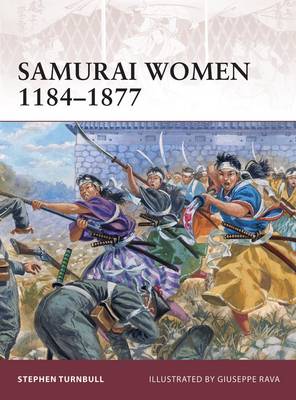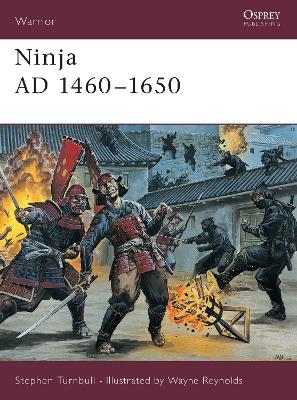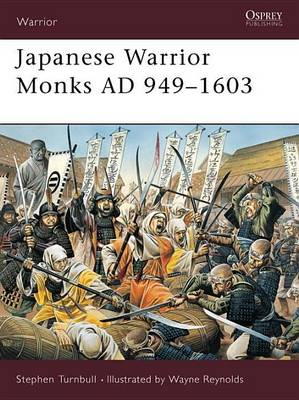Warrior
2 primary works • 4 total works
Book 125
Osprey's survey of pirates of the Far East, from 811 to 1639. For many centuries, international relations between Medieval Japan, Korea and China were carried out by means of the 'inseparable trinity' of war, trade and piracy. Much has been written about the first two means of interaction. The third element, which combined the other two in a violent blend of free enterprise, is the subject of this original and exciting book. It is written by Stephen Turnbull, who has visited all three countries in search of the elusive pirates of the Far East.
Book 151
From when the Empress Jingo-kogo led an invasion of Korea while pregnant with the future Emperor Ojin, tales of female Japanese warriors have emerged from Japan's rich history. Using material that has never been translated into English before, this book presents the story of Japan's female warriors for the first time, revealing the role of the women of the samurai class in all their many manifestations, investigating their weapons, equipment, roles, training and belief systems. Crucially, as well as describing the women who were warriors in their own right, like Hauri Tsuruhime and the women of Aizu, this book also looks at occasions when women became the power behind the throne, ruling and warring through the men around them.
The Ninja were the secret agents and assassins of feudal Japan, and they remain a subject of enduring fascination. Many of the books about them are unreliable and promote the myth of the 'invincible superman', that fiction continues to perpetuate. This title provides an accurate and detailed account of the reality of the Ninja, detailing methods of daily life, training, hiring, combat use and secret operations: also covered are the Ninja's use and knowledge of poisons, medicines and charms.
From the 10th to the mid-17th century, religious organisations played an important part in the social, political and military life in Japan. Known as sohei ('monk warriors') or yamabushi ('mountain warriors'), the warrior monks were anything but peaceful and meditative, and were a formidable enemy, armed with their distinctive, long-bladed naginata. The fortified cathedrals of the Ikko-ikki rivalled Samurai castles, and withstood long sieges. This title follows the daily life, training, motivation and combat experiences of the warrior monks from their first mention in AD 949 through to their suppression by the Shogunate in the years following the Sengoku-jidai period.



